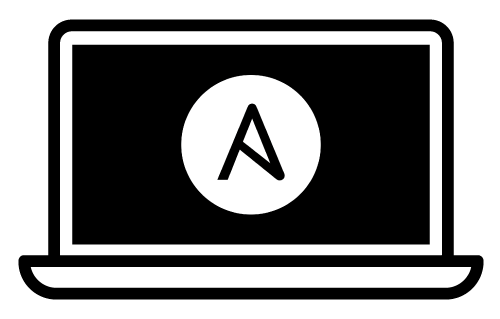This playbook installs and configures most of the software I use on my Mac for web and software development. Some things in macOS are slightly difficult to automate, so I still have some manual installation steps, but at least it's all documented here.
This is a work in progress, and is mostly a means for me to document my current Mac's setup. I'll be evolving this set of playbooks over time.
- Ensure Apple's command line tools are installed (
xcode-select --installto launch the installer). - Install Ansible.
- Clone this repository to your local drive.
- Run
$ ansible-galaxy install -r requirements.ymlinside this directory to install required Ansible roles. - Run
ansible-playbook main.yml -i inventory -Kinside this directory. Enter your account password when prompted.
Note: If some Homebrew commands fail, you might need to agree to Xcode's license or fix some other Brew issue. Run
brew doctorto see if this is the case.
You can filter which part of the provisioning process to run by specifying a set of tags using ansible-playbook's --tags flag. The tags available are dotfiles, homebrew, mas, extra-packages and osx.
ansible-playbook main.yml -i inventory -K --tags "dotfiles,homebrew"
Not everyone's development environment and preferred software configuration is the same.
You can override any of the defaults configured in default.config.yml by creating a config.yml file and setting the overrides in that file. For example, you can customize the installed packages and apps with something like:
homebrew_installed_packages:
- cowsay
- git
- go
mas_installed_apps:
- { id: 443987910, name: "1Password" }
- { id: 498486288, name: "Quick Resizer" }
- { id: 557168941, name: "Tweetbot" }
- { id: 497799835, name: "Xcode" }
composer_packages:
- name: hirak/prestissimo
- name: drush/drush
version: '^8.1'
gem_packages:
- name: bundler
state: latest
npm_packages:
- name: webpack
pip_packages:
- name: mkdocs
Any variable can be overridden in config.yml; see the supporting roles' documentation for a complete list of available variables.
Applications (installed with Homebrew Cask):
- docker
- firefox
- google-chrome
- vagrant
- packer
- spotify
- visual-studio-code
Packages (installed with Homebrew):
- git
- libevent
- ssh-copy-id
- cowsay
- openssl
- wget
- terraform
- terraform-docs
My dotfiles are also installed into the current user's home directory, including the .osx dotfile for configuring many aspects of macOS for better performance and ease of use. You can disable dotfiles management by setting configure_dotfiles: no in your configuration.
Finally, there are a few other preferences and settings added on for various apps and services.
It's my hope that I can get the rest of these things wrapped up into Ansible playbooks soon, but for now, these steps need to be completed manually (assuming you already have Xcode and Ansible installed, and have run this playbook).
- Set JJG-Term as the default Terminal theme (it's installed, but not set as default automatically).
- Install Sublime Package Manager.
- Install all the apps that aren't yet in this setup (see below).
- Remap Caps Lock to Escape (requires macOS Sierra 10.12.1+).
- Set trackpad tracking rate.
- Set mouse tracking rate.
- Configure extra Mail and/or Calendar accounts (e.g. Google, Exchange, etc.).
